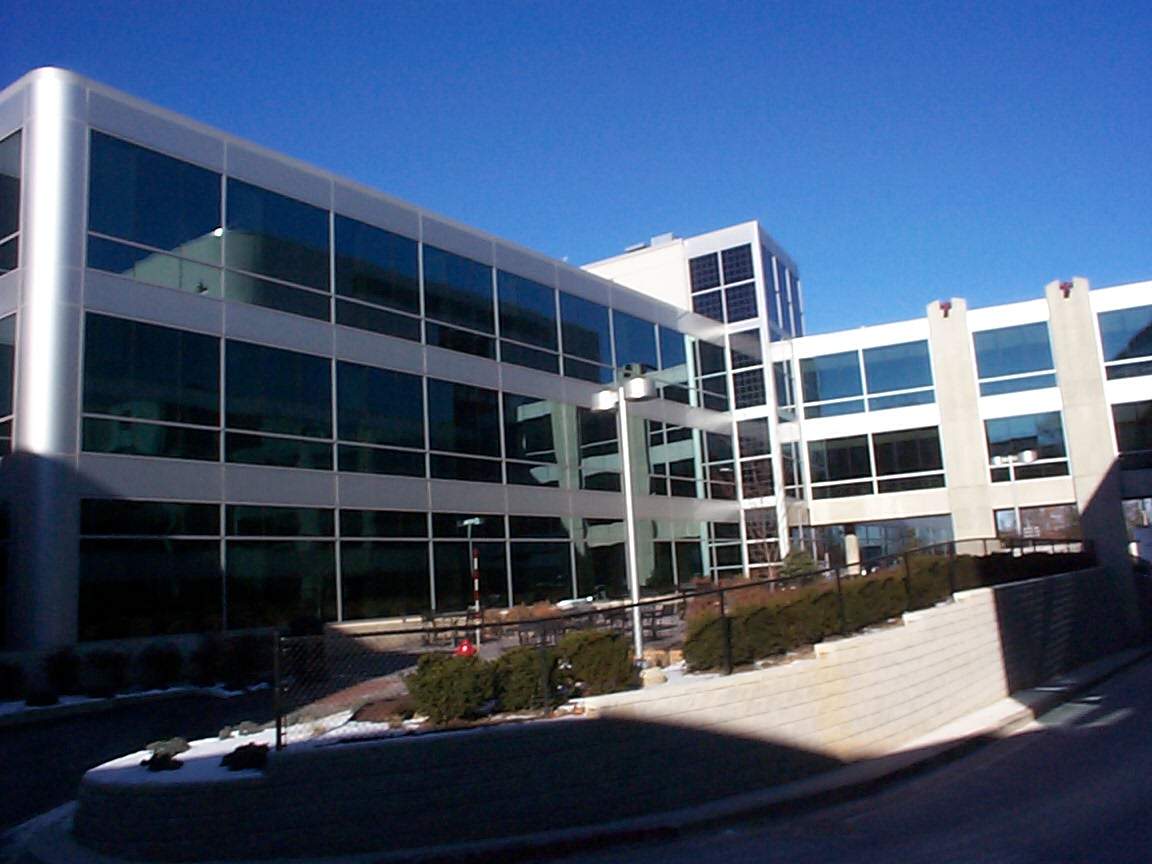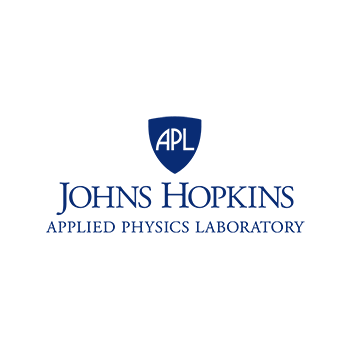

"So it's like a small golf cart running into a Great Pyramid," says Chabot - only this "golf cart" will be going 15,000 miles per hour. It's the small asteroid, Dimorphos, that will get smacked by the spacecraft. This asteroid is orbited by a smaller asteroid called Dimorphos, which is about 525 feet across. "There is absolutely no way that the DART test is a threat to the Earth," she says.Īfter the DART spacecraft launches, it will spend about 10 months traveling out toward an asteroid called Didymos, which is about 2,500 feet across. The asteroid targeted by DART isn't a danger to the planet now, and Chabot says there's no chance this mission could make it one. It is absolutely not asteroid disruption, which is how it goes a lot of times in the movies," says Chabot, who serves as DART's coordination lead. "DART is demonstrating asteroid deflection. That's the approach that NASA is testing out with DART. With enough advance warning, NASA could send out a spacecraft that would simply give an asteroid a little push, changing its course so that it no longer posed a problem. In a clean room at Johns Hopkins APL, NASA's DART spacecraft is moved into a specialized shipping container bound for its launch site at Vandenberg Space Force Base in California. "The strategy is to find these objects not only years but decades before they are any kind of an impact hazard to the Earth." "The right time to deflect an asteroid is as far away from the Earth as we can," says Lindley Johnson, NASA's planetary defense officer. In reality, messy and unpredictable nuclear weapons aren't the preferred choice of planetary defense experts, who would much rather identify dangerous space rocks way in advance of any possible collision and use more controlled methods to alter its path. Movies like Armageddon or Meteor typically feature a surprise, imminent killer asteroid, and saving humanity invariably requires blowing it to pieces with a nuclear bomb. "A lot of times when I tell people that NASA is actually doing this mission, they kind of don't believe it at first, maybe because it has been the thing of movies," says Nancy Chabot, a planetary scientist at the Johns Hopkins University Applied Physics Laboratory.
#Johns hopkins applied physics lab movie#
It might sound like a movie plot, but it's not It's a space rock of that smaller size that the DART mission - short for Double Asteroid Redirection Test - will take head-on. But there are plenty of smaller asteroids, the size that could take out a city, that still haven't been found and tracked. For the foreseeable future, none that big are headed our way. NASA has identified and tracked almost all of the nearby asteroids of a size that would cause world-altering damage if they ever struck Earth. Scientists will then watch to see how the asteroid's trajectory changes. The golf-cart-size spacecraft will travel to an asteroid that's more than 6 million miles away - and poses no danger to Earth - and ram into it. In the first real-world test of a technique that could someday be used to protect Earth from a threatening space rock, a spacecraft is scheduled to blast off from Vandenberg Space Force Base in California on Tuesday at 10:20 p.m. We offer an outstanding and creative staff, augmented by world-class facilities.NASA is about to launch an unprecedented mission to knock an asteroid slightly off course. The expertise we bring includes highly qualified and technically diverse teams with hands-on operational knowledge of the military and security environments.

Our sponsors include most of the nation’s pivotal government agencies. That’s how we decide what work we will pursue, and it’s how we’ve chosen to benchmark our success. We work on more than 600 programs that protect our homeland and advance the nation’s vision in research and space science, at an annual funding level of about $980 million.ĪPL solves complex research, engineering, and analytical problems that present critical challenges to our nation. We recruit and hire the best and the brightest from top colleges, and 68% of our recruits are engineers and scientists. The Laboratory has been a major asset to the nation since it was organized to develop a critical World War II technology in 1942. Located north of Washington, DC, APL is a division of one of the world’s premier research universities, The Johns Hopkins University (JHU). The Applied Physics Laboratory (APL) is a not-for-profit center for engineering, research, and development.


 0 kommentar(er)
0 kommentar(er)
